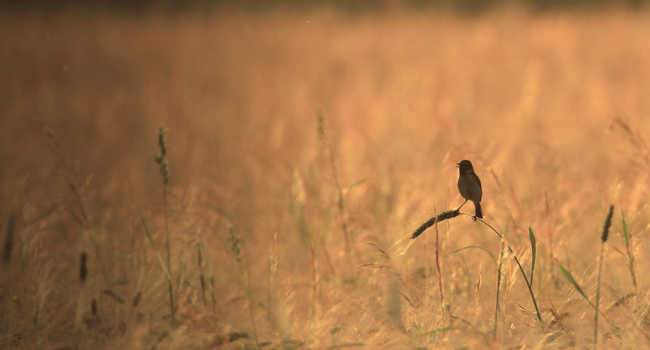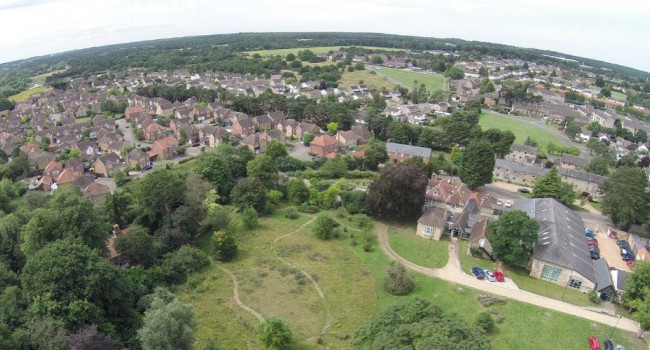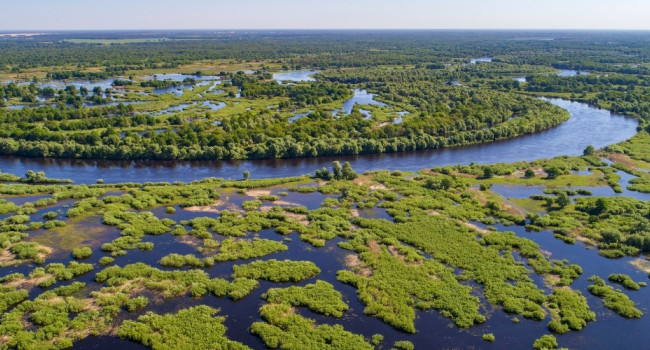Can management improve the value of shade plantations for the endemic species of São Tomé Island?
Author(s): De Lima, R.F., Viegas, L., Solé, N., Soares, E., Dallimer, M., Atkinson, P.W. & Barlow, J.
Published: March 2014
Journal: Biotropica Volume: 46
Digital Identifier No. (DOI): 10.1111/btp.12092
Cocoa and coffee are among the most valuable tropical crops, with much of their production in areas of high biodiversity. Although this could suggest a conflict between agricultural expansion and biodiversity conservation, these crops are normally grown in shade plantations—a more biodiversity-friendly agroforestry system. Using São Tomé Island as a case study, we examined if shade plantation can benefit biodiversity by protecting extinction-prone island endemic species. We found that shade plantations held rich assemblages, even in comparison with forest: we estimated 30 bird and 74 tree species occurring in plantations compared to 24 bird and 108 tree species in forests. However, the structure of the assemblages was significantly different between ecosystems, with an average dissimilarity of 33.8 percent and 87.9 percent for birds and trees, respectively. Shade plantations had consistently less endemic species than the forest; we estimated a drop from 17 to 13 in birds and from 17 to 3 in trees. We also found that despite marked differences in the response of bird species to the vegetation characteristics of shade plantations, there was a strong positive link between aboveground tree biomass and endemic species richness and abundance. These results show that shade plantations hold assemblages impoverished in endemic species, but that management can improve their value for the conservation of these species. Finally, we suggest that biodiversity-friendly certification and carbon markets are used to implement and guarantee the long-term economical sustainability of practices that favor the endemic species in São Tomé's shade plantations.
Staff Author(s)







Share this page